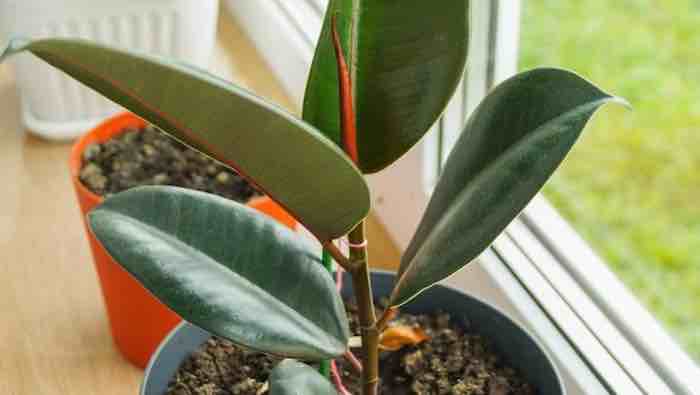By Wes Porter ——Bio and Archives--September 30, 2019
Lifestyles | CFP Comments | Reader Friendly | Subscribe | Email Us

The Rubber Plant, Ficus elastica, is a popular indoor plant. More accurately known as the Rubber Tree, in its native habitat of Eastern South Asia and Southeast Asia it may reach a mighty 200 feet. Strangely, it has also been called the Rubber Bush or Rubber Fig. But why ‘rubber’ when commercially such is obtained from the Para rubber tree Hevea brasiliensis?
Not quite. Once upon a time the milky white latex of Ficus elastica was used to make rubber. Commercially propagated for the houseplant trade by stem cuttings, these “bleed” when being prepared. This latex is an irritant to the eyes and skin and toxic if taken internally. Before that of South America’s Hevea brasiliensis came into commercial use, that of Ficus elastica found similar uses. One of these was to erase or rub out pencil marks, hence “rubber.”
Nowadays, it is also used to make rubber bands, explained Business Insider at least in Myanmar. There, Bilu Kyun is an island where artisans make rubber bands using a traditional technique. They extract latex from rubber trees and dye it.
The name ‘Rubber Fig’ is doubly accurate. The botanical designation Ficus indicates it is a member of widespread Old World fig family. Like all of its members, the flowers of F. elastica must be pollinated by fig wasps. The result is an exceedingly small, virtually inedible fruit.
View Comments
Wes Porter is a horticultural consultant and writer based in Toronto. Wes has over 40 years of experience in both temperate and tropical horticulture from three continents.